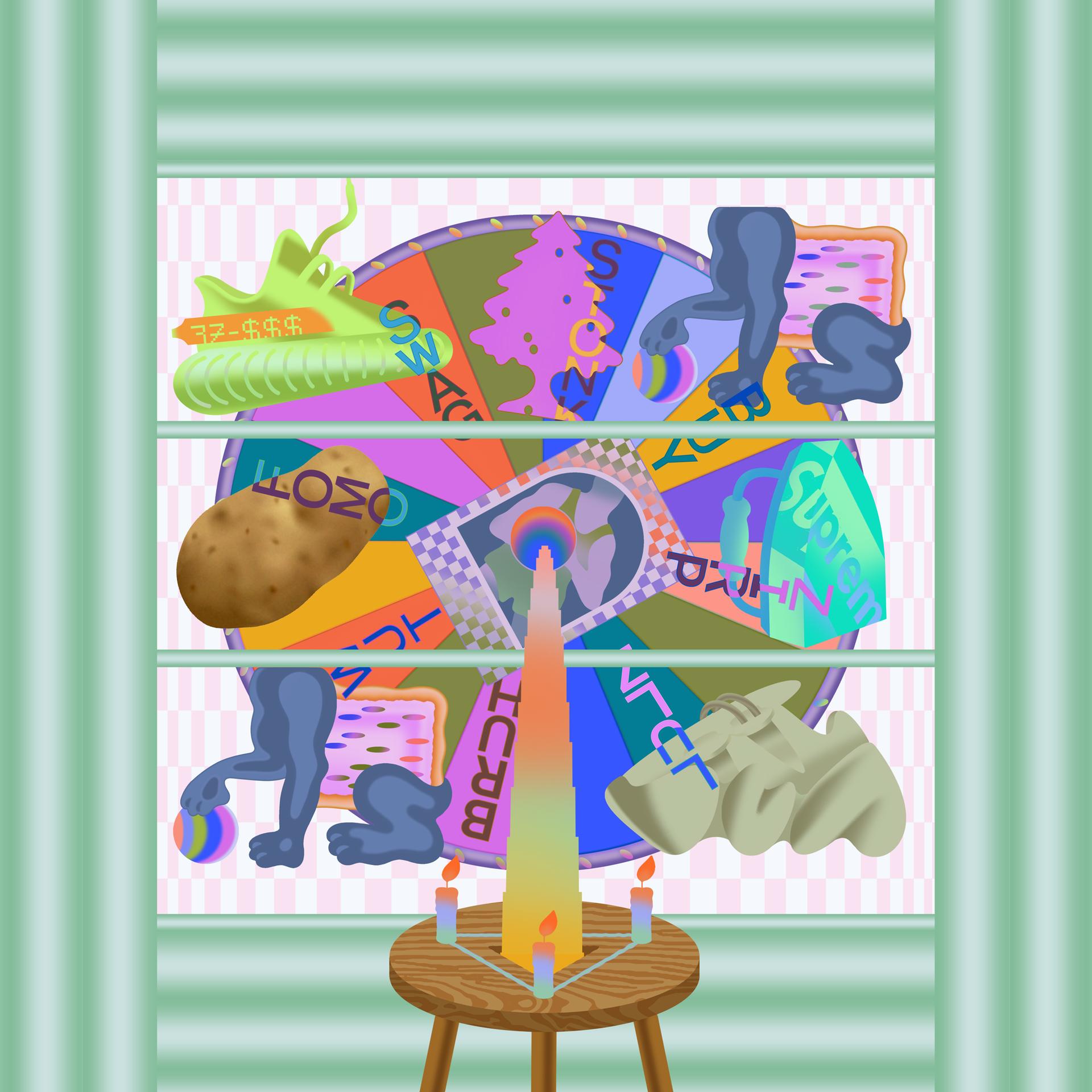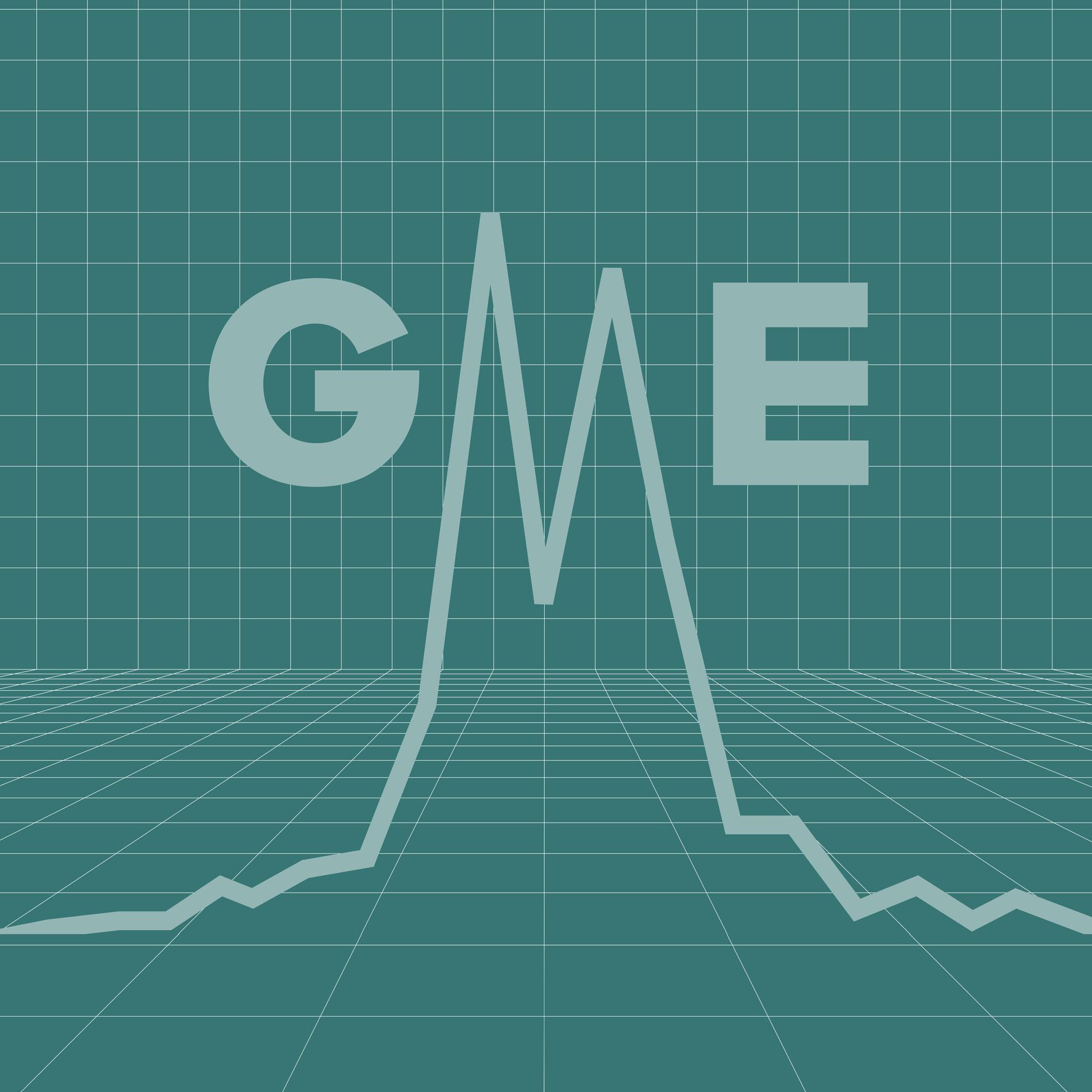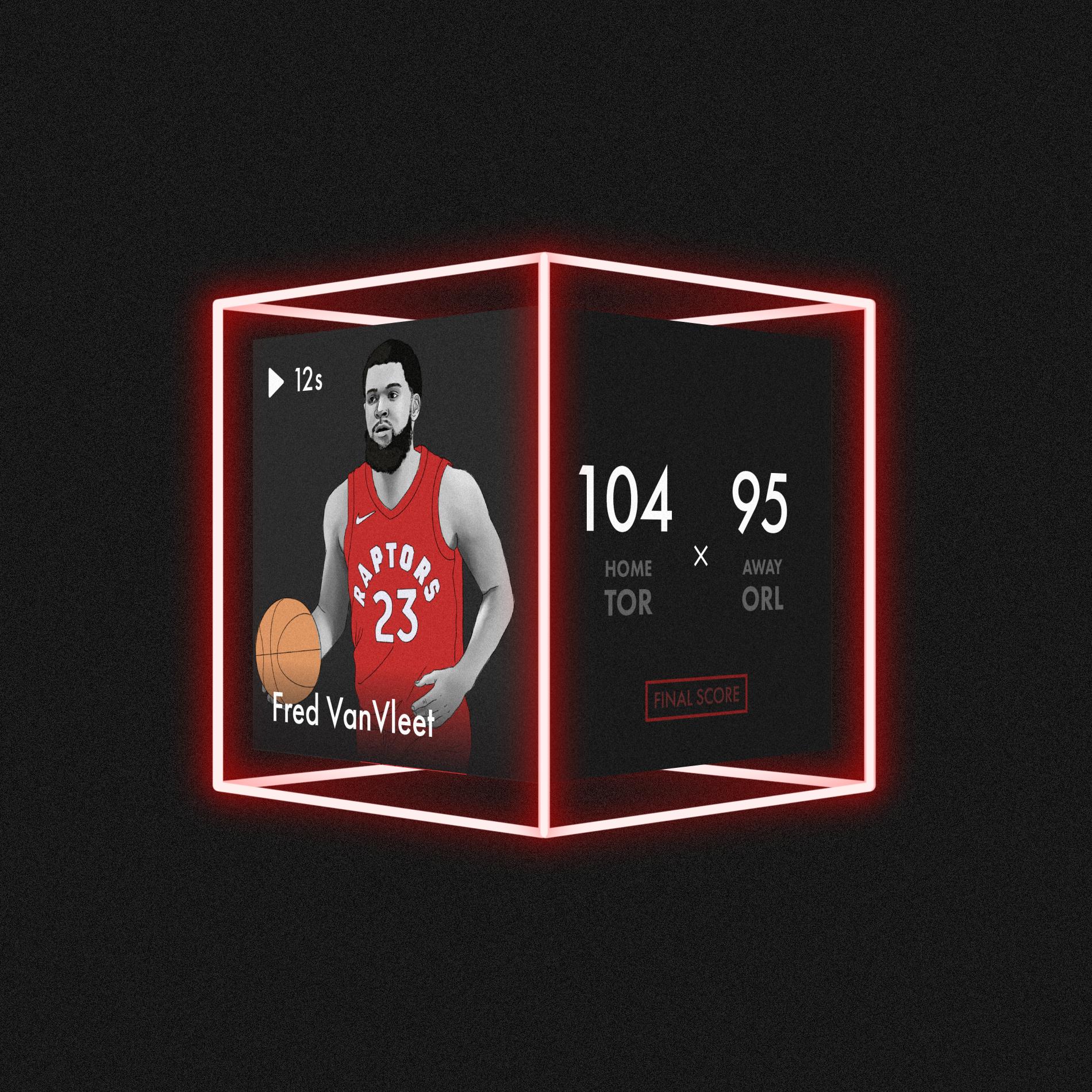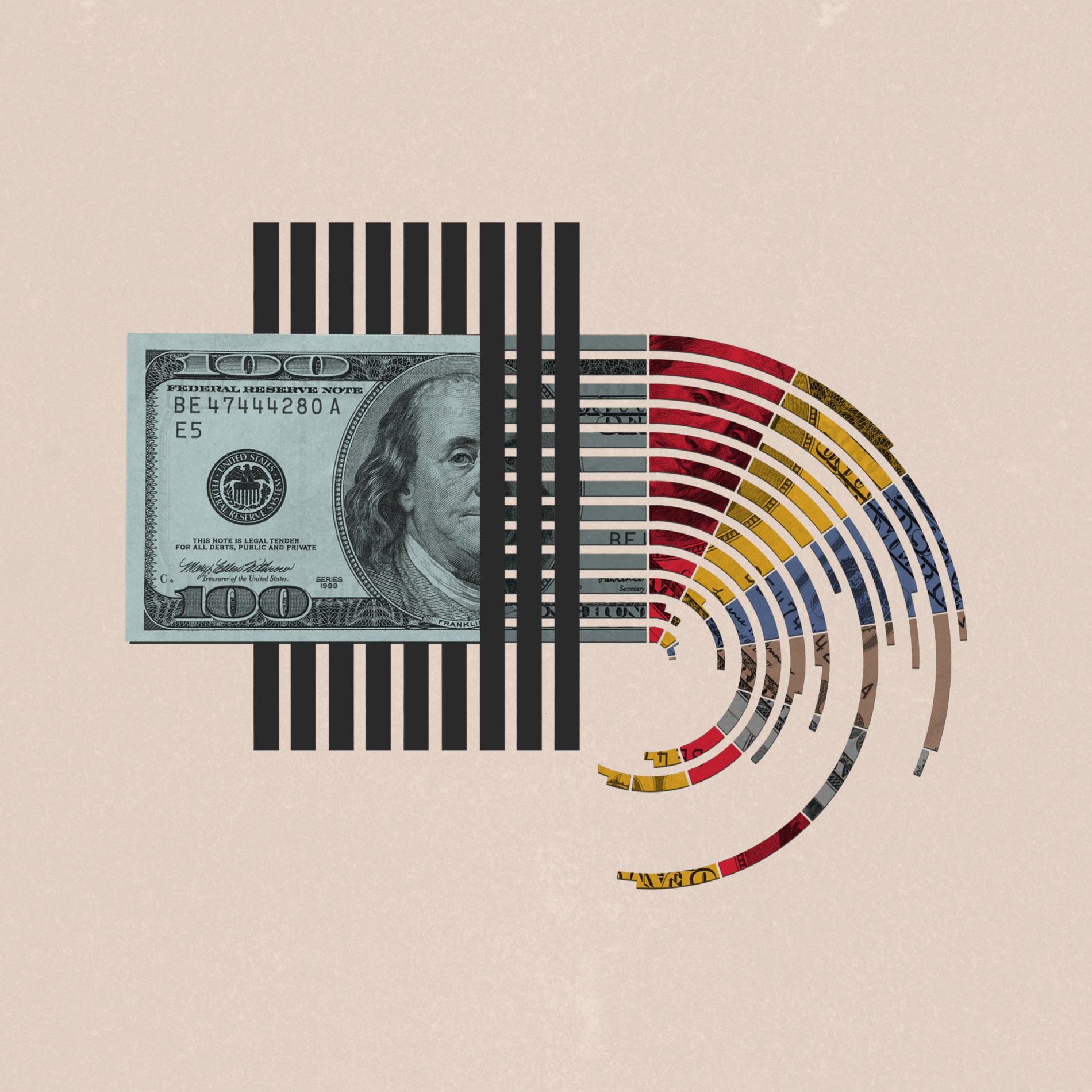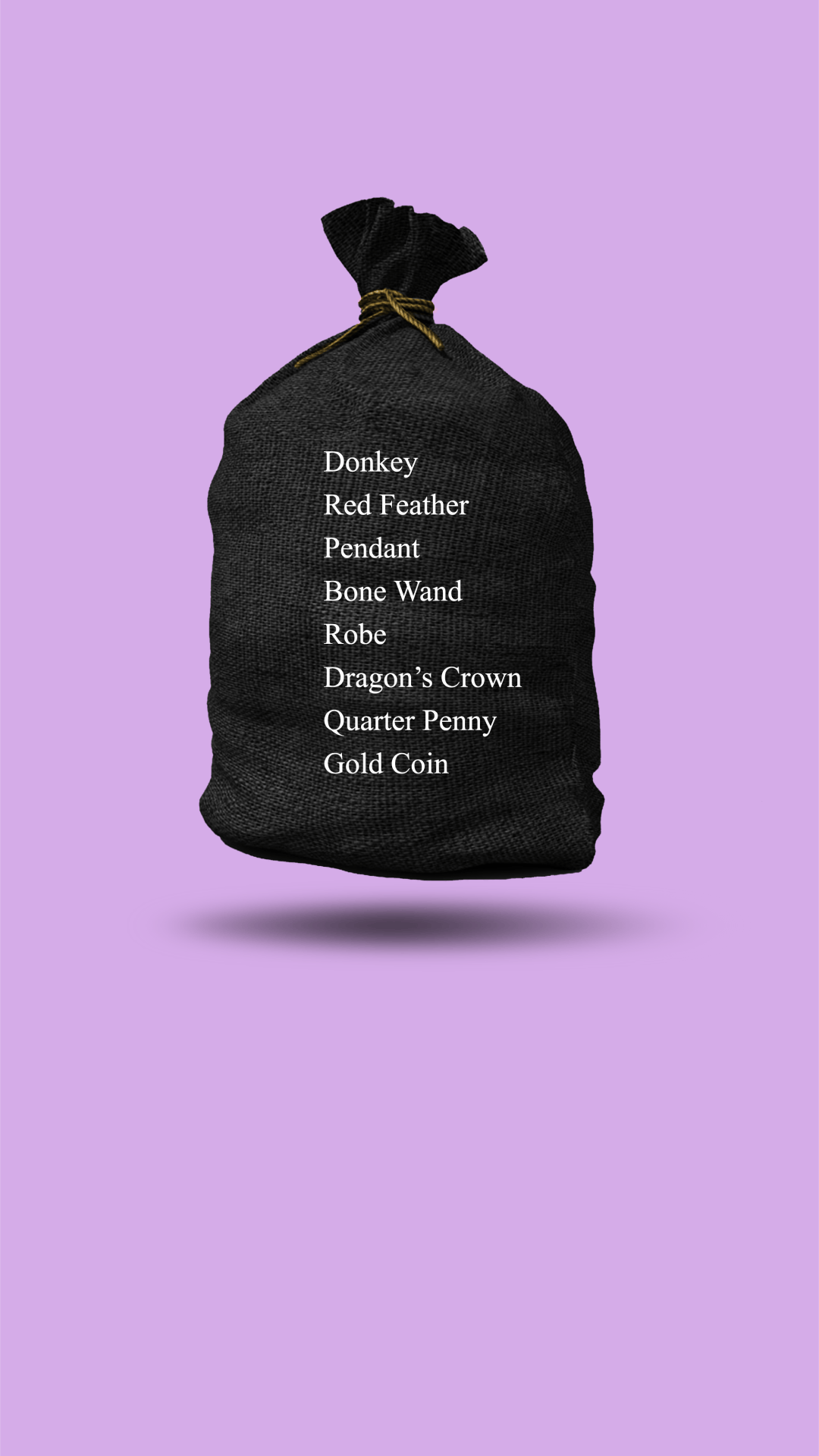
Money & the World
Loot Is Like Dungeons & Dragons. It’s Also the Future of Crypto
Last week, the co-creator of Vine launched a gaming platform that belongs to users instead of some giant corporation. It’s pretty important even if you don’t ever want to play on it.
Wealthsimple makes powerful financial tools to help you grow and manage your money. Learn more
It can be easy to talk about cryptocurrency without knowing a lot about cryptocurrency. For instance, there are many people, including me, for whom the term “fungible” is now core to their vocabulary, whereas two years ago, we didn’t even know it was a word. (I had to look it up: “mutually exchangeable.”) Fungible as in “nonfungible,” as in a nonfungible token, as in an NFT, those units of data on the blockchain that can be employed to represent, for example, pieces of art to be bought and sold. Like the JPG file made by artist Mike Winkelmann, aka Beeple, that sold in March for $69.3 million. According to CNBC, the NFT art market was worth more than $2 billion in the first quarter of 2021 alone.
There’s an NFT-adjacent word you may have suddenly begun hearing recently: “loot.” Or “Loot.” It’s become kind of a phenomenon in the past week or so, at least among people who are into crypto, even if they’re not quite sure what it is. On Twitter, it was called “a paradigm shift” and “NFT improv.” “There was Before Loot and now there’s After Loot,” one user wrote. The perplexing thing was, no one could seem to agree on what Loot actually was.
So, what is Loot? Well, we’ll explain it with more specificity later. But Loot is essentially a finite set of free NFTs that can be used to play a series of as-yet-uninvented swords and sandals and magic-wands games. Imagine you’re invited to a role-playing party and someone hands you a card at the door that describes everything owned by your character: that’s sort of what it’s like. Sure, Loot has also become an example of a market that many think is unmoored — people have resold these free NFTs for the price of a new moderately-high-end Mercedes-Benz. But more than that, it’s an example of how people are using the technology behind crypto to invent a wilder, more freewheeling but also more communal world — a world, in this case, that veers away from stuff like copyright (can you imagine Disney giving away ownership to a bunch of characters it invented so you could go out and make up your own stories with them?) and toward owning things together, as a community.

Sign up for our weekly non-boring newsletter about money, markets, and more.
By providing your email, you are consenting to receive communications from Wealthsimple Media Inc. Visit our Privacy Policy for more info, or contact us at privacy@wealthsimple.com or 80 Spadina Ave., Toronto, ON.
How did Loot come to be?
On August 27, the tech entrepreneur Dom Hofmann, best known as a co-founder of the proto-Tik Tok video app Vine, made available online 7,777 bags of Loot (for Adventurers). The bags were basically NFTs. Each one was an image, randomly generated, that existed on the Ethereum blockchain, all of them looking roughly the same: a black square with eight lines of text, written in English, each line describing a piece of gear. A “hard leather belt.” A “linen robe.” A “Soul Roar shirt of fury.” The sorts of things you might want for a “Dungeons & Dragons” quest or can probably find IRL currently at Gap.
What’s interesting is that Hofmann offered little explanation as to what one was meant to do next. Were these things tokens for an upcoming game release? Collectibles, à la the first generation of Magic: The Gathering cards? The bags, offered free, were immediately snatched up, presumably because of Hofmann’s standing and following. And considering both Loot’s air of mystery and limited supply, the crypto world soon drove, as it often does, straight into hyperbole (“It’s like he created six-sided dice or the 52-card playing deck”) and mania. Did people precisely know what they were acquiring? Did they care amid all the froth? Bags soon resold at auction for exorbitant prices.
This one sold on Tuesday for $69,535.81 USD:
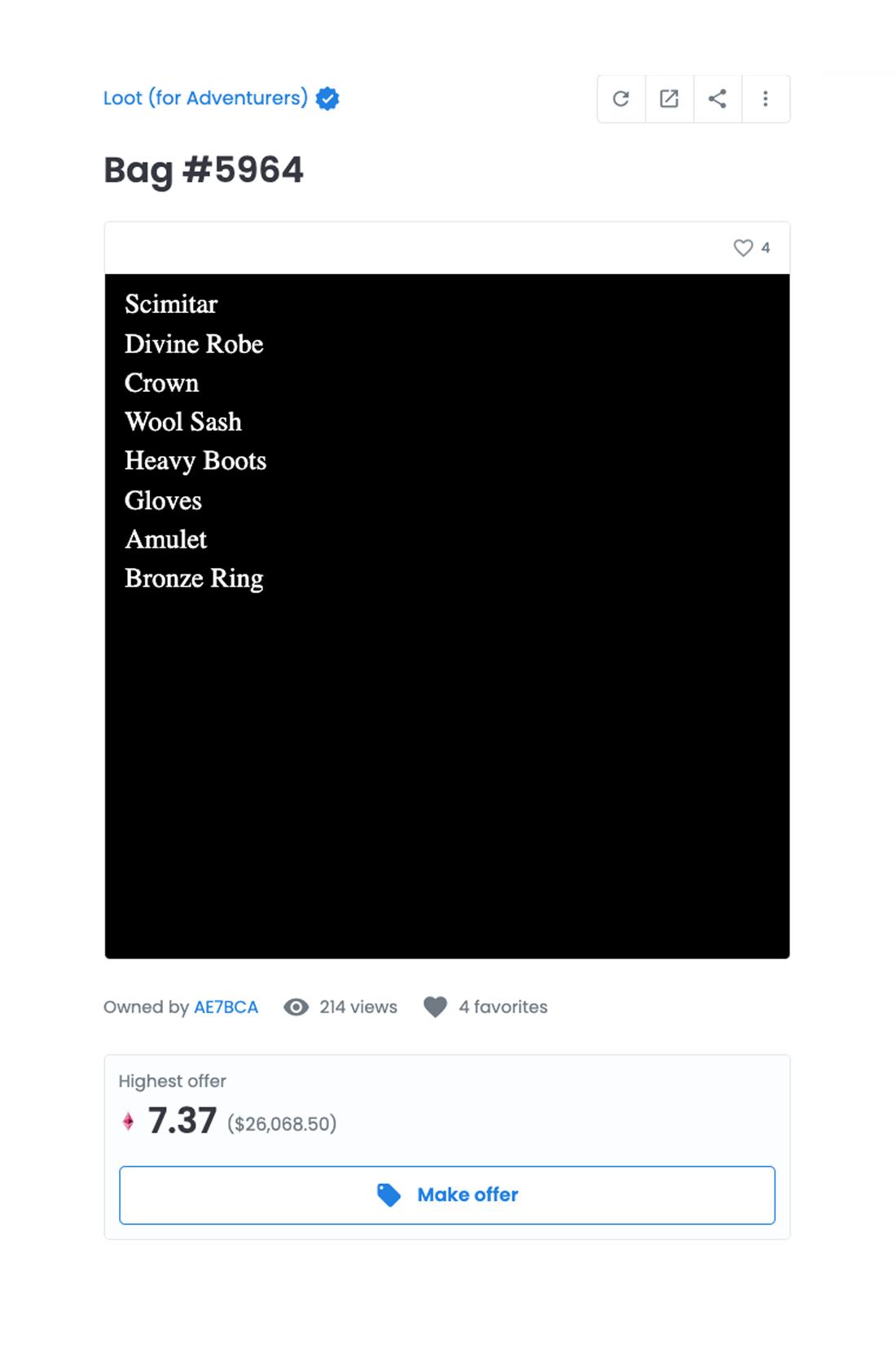
What is Loot for, actually?
It’s early days, but think of Loot as pieces for a game born without a rulebook, for a community to decide what’s interesting, what’s valuable, and what are the rules of play. Beyond that, Loot may also point to a new direction for NFTs that is geared toward collaboration.
Hofmann sold Vine in 2012 to Twitter, which then shut it down in 2016. He went on to create Blitmap, a sci-fi community populated by pixel art, which would seem to be a Loot precursor. So Loot is like Blitmap, except it’s both simpler and more grand, conceptually. There’s no company behind it. Nothing says it intends to create a game (though games are being developed) or spin off yet another crypto-coin (though it has already inspired one). According to the website, Loot is going after something more amorphous, more in crypto’s tradition of DIY: to serve as building blocks for stories and games, making it less about possession and more about play. Users are already testing games, forming guilds and creating artwork inspired by their bags.
“At the end of the day, these are just items on a list,” Hofmann told tech journalist Casey Newton. “It’s just what people do with it and how they ascribe value to it. And value doesn’t have to be a dollar amount. It can be many things.”
And why should I care about Loot if I am not into NFTs or role-playing games?
I’ve often thought that crypto is for engineers what comic books have been for writers. A place to experiment. A venue to be grandiose. A place to make leaps of logic and try things other people might deem silly, fanciful, or doomed to fail. That is, in the case of comic books, until the product of those experiments and silliness is the characters playing at every theatre at the cineplex. And the thing Loot is proposing is: What if you owned not just the first comic book that Iron Man appeared in (which would be valuable, sure) but his actual suit? Or what if nobody owned it at all? It’s decentralizing the process of creation — not everything you make needs to be the property of some giant company that has a monopoly.
Decentralization is crypto’s superpower: here are the tools — go off and make something. Already, a community has sprung up around Loot to test and release games. Loot asks you to imagine a world where you could take any weapons garnered in Fortnite and use them in Grand Theft Auto. (But hopefully not in Animal Crossing.) Going further, imagine that a character from whatever will be the next “Star Wars” film finding her way into whatever will be the next “Avengers” — and not just in a slash-fiction forum but something more tangible.
In the end, once the hype fades and the market dissipates (a Mercedes may wind up holding its value better), Loot may be nothing more than some cards for games that few people play. Still, for all the talk of tunics, the NFT world is hardly the realm of fantasy. The team behind CryptoPunks, an art project of NFT characters, recently signed with United Talent Agency. At the end of June, Mark Zuckerberg told his employees that he wants Facebook to help bring to life a “metaverse” — to cross the Rubicon that divides the real and virtual worlds. Yes, a piece of Loot is just a digital image of some text that occasionally involves linen. And some crypto whale can pay $40,000 to own it in a way that makes it marginally theirs. But it’s also something you can snag for your own pleasure, if you want; nothing’s stopping anybody from downloading a hundred cards, printing them out, and hosting a Loot game in their backyard, whatever that might look like. In fact, Hofmann has since launched Synthetic Loot, basically free, which enabled me to acquire a Loot bag of my own, in my Ethereum wallet, that included a silver ring, a book, and some “‘Corruption Bite’ Hard Leather Armor of Anger +1.” I don’t know what I’m going to do with any of it, but it sounds pretty rad. And, yes, that value is more personally derived than market-determined, but it’s also aligned with how Hofmann prefers to have it. “How you value a loot bag,” the Loot website states, “is up to you.”
Rosecrans Baldwin’s latest book is Everything Now: Lessons From the City-State of Los Angeles.

